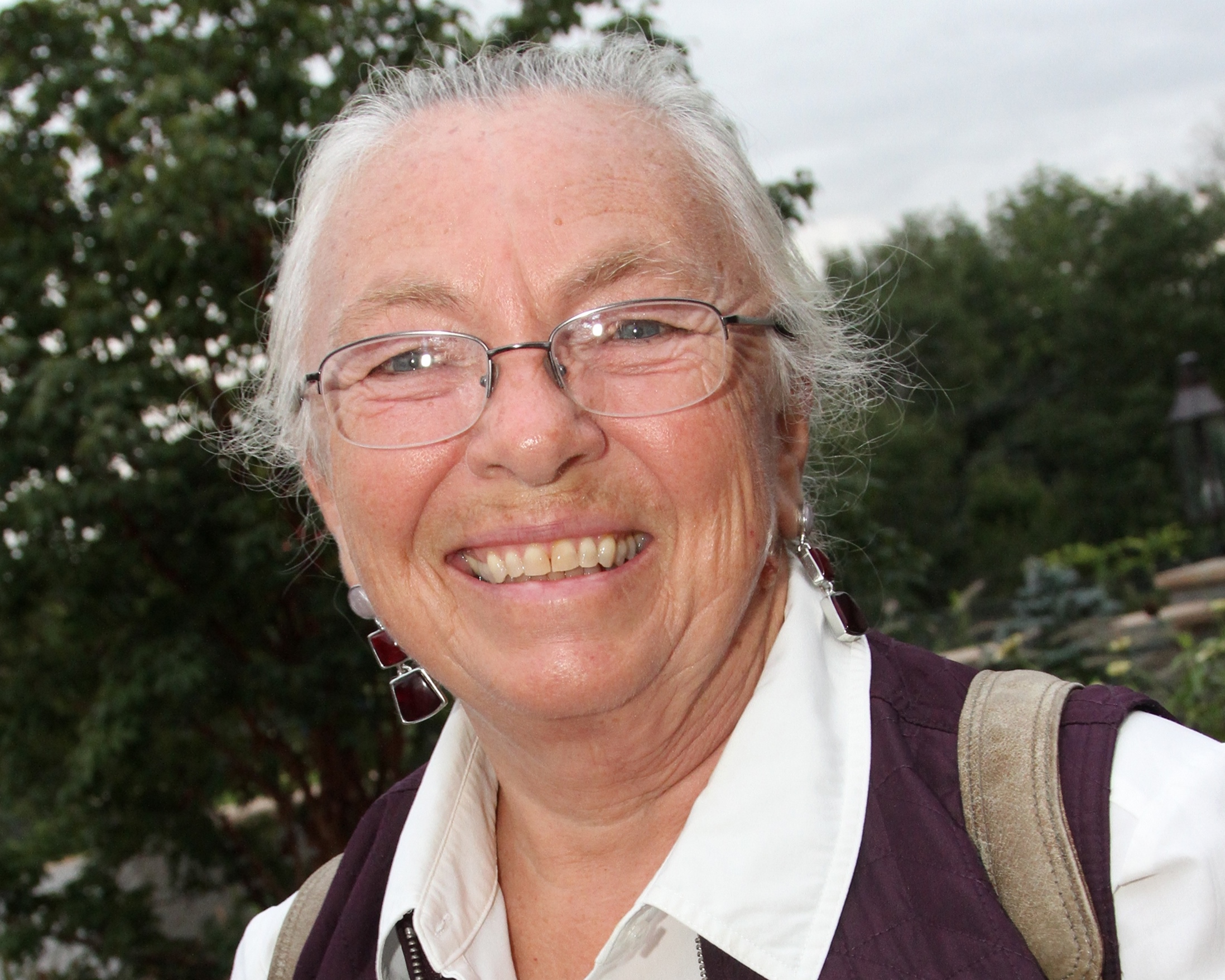Day 138, Year 5: Passage to Maldives, Day Three
Date: Saturday, March 13, 2010
Weather: Bright and Sunny; Winds 15 Knots, Backing from S to E
Latitude: 07 degrees 39.546 minutes N
Longitude: 073 degrees 35.499 minutes E
Miles Traveled to Date: 227
We wished for wind and we got it, but since early this morning we have done everything possible to slow ourselves down so we won’t get to Uligan in the middle of the night. Coral atolls are not places you want to try and anchor without good light, so we are sailing with a double-reefed main and headsail. Yesterday the winds were clocking, moving in the direction of clock hands, but today they have been backing (moving counter-clockwise). In the beginning of the day we were on a beam reach with 20 knots of wind, but for most of the day the winds have been moving further and further behind us and have settled in at about 15 knots. We had a bit of a rowdy morning with a period of 24 knots of wind and seas that were rolling us back and forth. But as the winds settled and we slowed down, the ride has been a bit smoother.
I mentioned in yesterday’s log that the Maldives sit on the Laccodive-Chagos Ridge. In the ocean, a ridge is formed when two tectonic plates overlap. Imagine holding a sheet of paper in each hand and then overlapping them slightly. If those two pieces of paper were plates on the bottom of the ocean, where they overlap is where balsalt magma pours out of the earth’s crust making rock. In this case, the magma built the Deccan Plateau and then huge volcanic mountains rose up from the plateau. The mountain tops were literally blown away by volcanic eruptions and cup-shaped craters were formed. When these mountains descended back into the sea as the ocean floor settled, corals built on the crater rims. This went on for a very long time until little coral islands rose above sea level. Each atoll looks like a string of pearls, the pearls being the islands, but under the water between the little islands are more coral formations or reefs. So traveling in and out of an atoll must be done in a pass that is clear of coral and it should be done with the sun at your back so you can see any coral bommies just under the water ahead of you. This is a bit of simplistic explanation and maybe not totally scientifically correct, but I hope it helps to understand a little of how atolls are formed and why we must enter an atoll during the daylight hours. The English word ‘atoll’ is actually derived form the Maldivian word ‘atolu’, so I’ll call the Maldives the mother of atolls.


